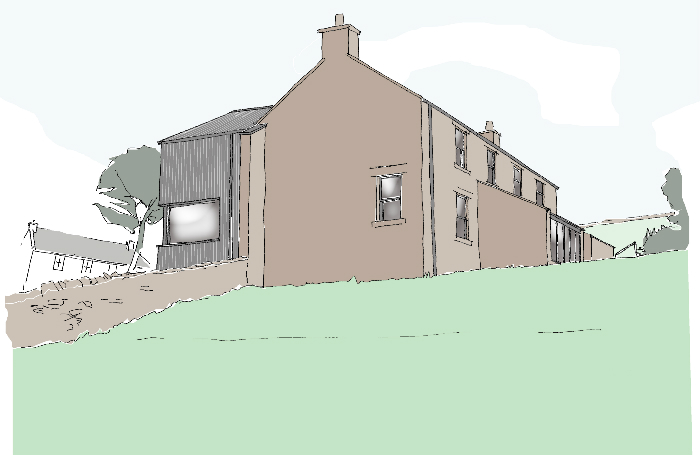Architects are overlooking the weight that a good Design Statement can carry with local planning officers, even more so at a time when planning departments are struggling with lack of resources.
Preparing a well thought out Design and Access Statement is the top tip offered to architects looking to improve their chances of gaining planning permission by Colin Haylock, Principal of Haylock Planning and Design, and a Past President of the Royal Town Planning Institute (RTPI).
While formal Design and Access Statements (DAS) have only been required for major developments and those in defined sensitive areas since 2014 – after an eight year period when a DAS had to accompany almost any application – Haylock points out that an earlier generation of architects was encouraged to submit design statements by both the RIBA and RTPI, which jointly drafted former Planning Policy Guidance to that effect.
‘A Design and Access Statement, or more of a Design Statement if not formally required, can be used to explain the design story, starting with the basic proposition for the site, referencing the local planning policy context and stating how the proposal responds to policy,’ says Haylock.
‘Ideally it should be presented in a way that makes it difficult for the planning officer to say 'no'.’

Haylock still recommends the ten-year old CABE guide ‘Design and Access Statements: How to write, read and use them’.
Haylock explains that in his experience, most architects are well informed on Building Regulations, but far less clear about how planners work and the tools they use, giving rise to a mind-set that sees regulations as objective, yet planning as more subjective than it is.
Architects need to look at the detail of the National Planning Policy Framework (NPPF) and National Planning Practice Guidance (NPPG), but also at local policies, not forgetting the validation requirements that every local planning authority publishes, which may not be exactly what is expected.
‘In the context of under-resourced planning departments, a really good DAS does a lot of the work that the planning officer would have to do. If you can get the officer on side, the statement can form the basis of the officer’s own report. If it is soundly written and well-reasoned, it makes it easy for the officer to present to elected council members and more difficult to dismiss,’ argues Haylock with his RIBA hat on.
He also turns the common perception of the pre-application discussion on its head. Instead of using the advisory meeting to bounce ideas off the planning officer, often second-guessing the response, Haylock suggests preparing the bones of the Design Statement in advance of the meeting to ensure that the officer understands the project.
Haylock suggests that architects should be recommending the preparation of a DAS to the client as a chargeable service, particularly for sensitive locations or where the project is likely to be in any way contentious.
In some ways the Design Statement can be more helpful to the architect, he suggests. It demands that a structured and reasoned approach to the design is set out and so can work as a self-assessment tool – ‘the lens that a lot of your activity must pass through,’ as Haylock puts it.
‘And in the event that it all comes to tears, you already have the basis for the appeal statement in the Design Statement, as it will clearly set out the case for the application,’ he adds.
Thanks to Colin Haylock, Principal, Haylock Planning and Design.
Text by Neal Morris. This is a Professional Feature edited by the RIBA Practice team. Send us your feedback and ideas.
RIBA Core Curriculum Topic: Places, planning and communities.
As part of the flexible RIBA CPD programme, Professional Features count as microlearning. See further information on the updated RIBA CPD Core Curriculum and on fulfilling your CPD requirements as an RIBA Chartered Member.
Posted on 1 February 2018.









